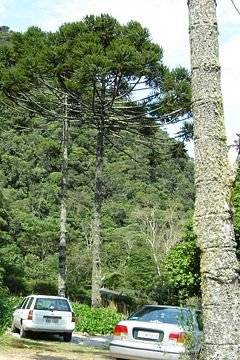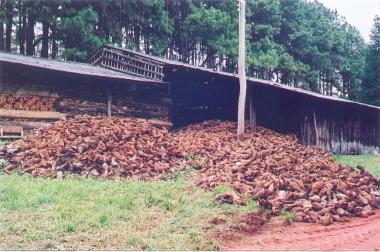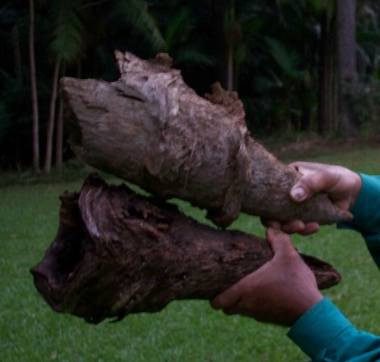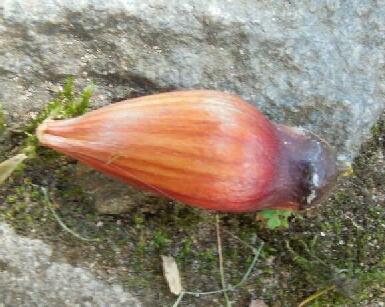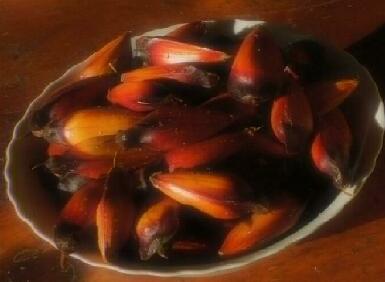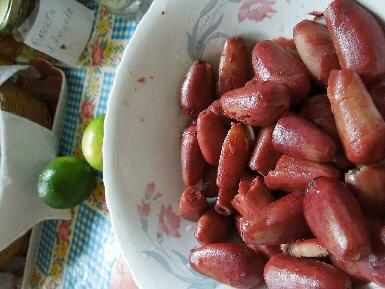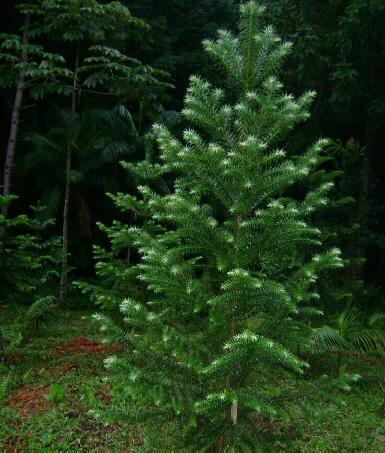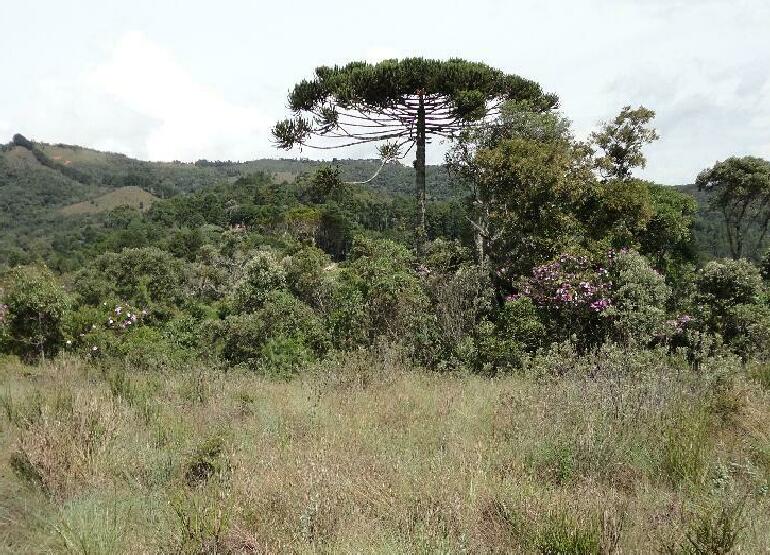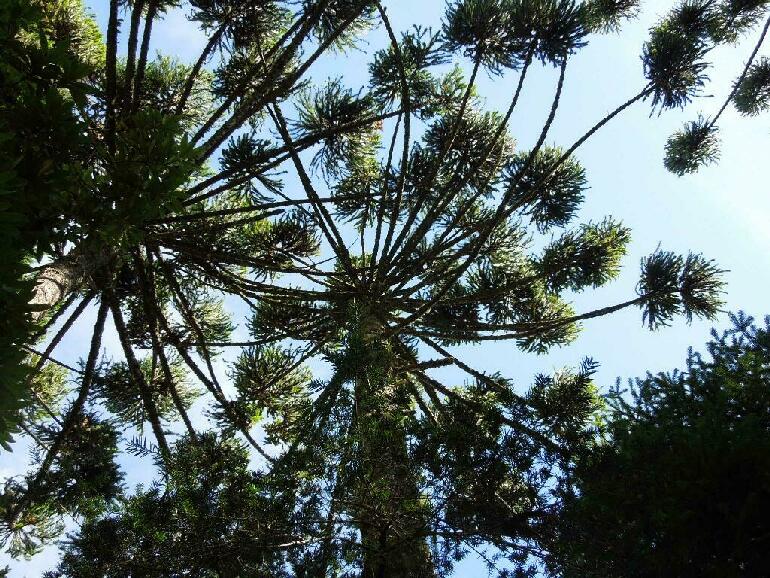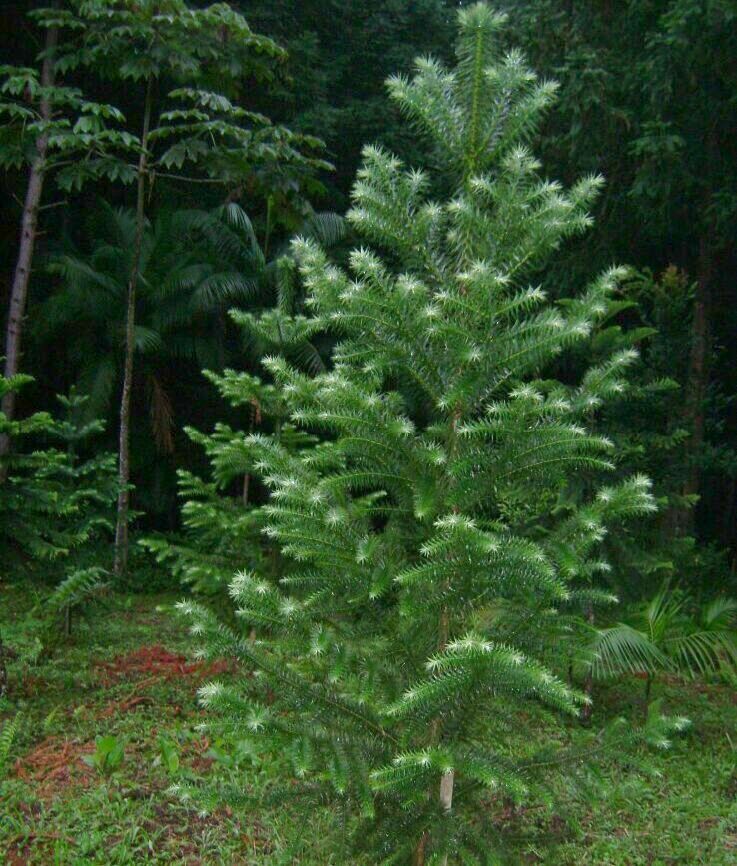| Pine knots
availability:
Every year they
become
more scarce. We may anticipate that in a decade or so the
"Nó
de Pinho" will not be available anymore. The ones presently used are
remnants
of the trees which existed hundreds or thousand years ago.
Origin: For
hundreds of years, those huge Araucaria-trunks kept falling to the
ground
due to "aging" (the end of their life cycle), or being struck
by lightnings, fires etc.
Nowadays,
while
plowing their land, farmers collect the knots found, pile them up for
being
provided with
an "additional income", selling them as "fire-wood".
.
The Brazilian
South
East was for thousands of years covered by the so called
"Atlantic
Forest"
( Brazilian
designation
for Native forests along the Atlantic coast). Particularly in the
brazilian
Southern States: Paraná, Santa Catarina and Rio Grande do Sul,
Sao
Paulo and Minas Gerais, one of the dominant species was the
ARAUCARIA,
also
designated "Pinheiro do Paraná" - araucaria
angustifolia
and araucaria brasiliensis.
.
These
trees reached
up to 52 meters height and their trunk up to 8,5 meters circumference.
Their cones are shaped like a ball with over 30 cm diameter and provide
seeds averaging 6 cm length. (These are edible for humans and a "treat"for animals... ( boiled
with addition of some salt and butter, a "treat"
for humans). |
 |
. .
The lumber
industry
(thousands of saw-mills) exploited these Araucaria forests almost to
exhaustion,
mainly for export. That "boom" provided thousands of
jobs,
lasted until last century( mid 1950's)
Brazilian
authorities
nowadays protect the natural forests and particularly the
remnants
of Araucaria forests. These days, the cutting of any Araucaria, as well
as any native tree, requires a special permit from the local
environment
department. |
